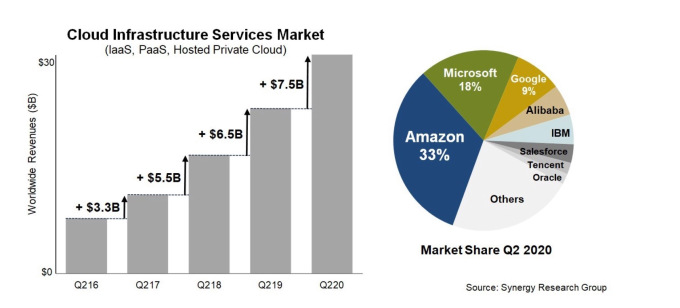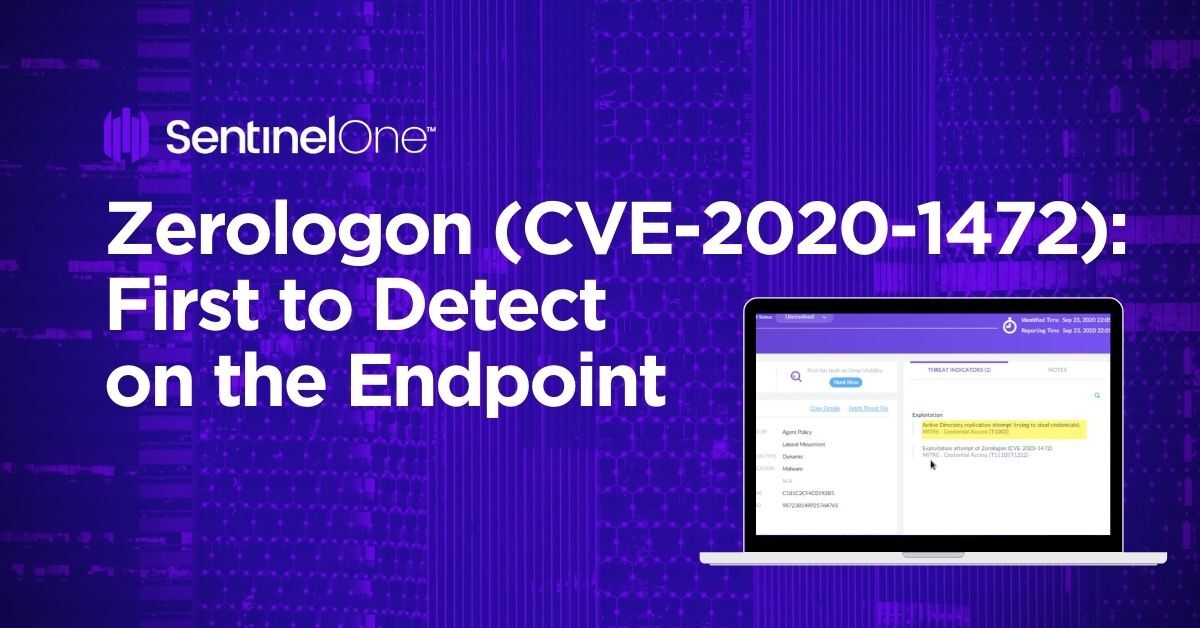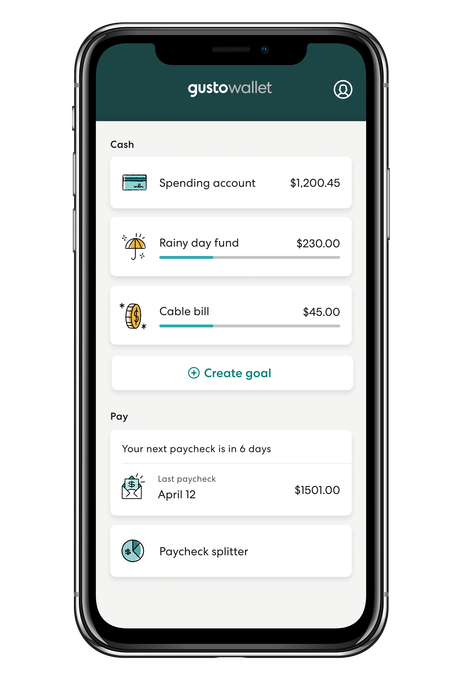Retailers and consumer brands are focused more than ever in their histories on using e-commerce channels to connect with customers: the global health pandemic has disrupted much of their traditional business in places like physical stores, event venues and restaurants, and vending machines, and accelerated the hunt for newer ways to sell goods and services. Today, a startup that’s been helping them build those bridges, specifically to expand into newer markets, is announcing a huge round of funding, underscoring the demand.
VTEX, which builds e-commerce solutions and strategies for retailers like Walmart and huge consumer names like AB InBev, Motorola, Stanley Black & Decker, Sony, Walmart, Whirlpool, Coca-Cola and Nestlé, has raised $225 million in new funding, valuing the company at $1.7 billion post-money.
The funding is being co-led by two investors, Tiger Global and Lone Pine Capital, with Constellation, Endeavour Catalyst and SoftBank also participating. It’s a mix of investors, with two leads, that offers a “signal” of what might come next for the startup, said Amit Shah, the company’s chief strategy officer and general manager for North America.
“We’ve seen them invest in big rounds right before companies go public,” he said. “Now, that’s not necessarily happening here right now, but it’s a signal.” The company has been profitable and plans to continue to be, Shah said (making it one example of a SoftBank investment that hasn’t gone sour). Revenues this year are up 114% with $8 billion in gross merchandise volume (GMV) processed over platforms it’s built.
Given that VTEX last raised money less than a year ago — a $140 million round led by SoftBank’s Latin American Innovation Fund — the valuation jump for the startup is huge. Shah confirmed to us that it represents a 4x increase on its previous valuation (which would have been $425 million).
The interest back in November from SoftBank’s Latin American fund stemmed from VTEX’s beginnings.
The company got its start building e-commerce storefronts and strategies for businesses that were hoping to break into Brazil — the B of the world’s biggest emerging “BRIC” markets — and the rest of Latin America. It made its name building Walmart in the region, and has continued to help run and develop that operation even after Walmart divested the asset, and it’s working with Walmart now in other regions outside the US, too, he added.
But since then, while the Latin American arm of the business has continued to thrive, the company has capitalized both on the funding it had picked up, and the current global climate for e-commerce solutions, to expand its business into more markets, specifically North America, EMEA and most recently Asia.
“We are today even more impressed by the quality and energy of the VTEX team than we were when we invested in the previous round,” said Marcello Silva at Constellation. “The best is yet to come. VTEX’s team is stronger than ever, VTEX’s product is stronger than ever, and we are still in the early stages of ecommerce penetration. We could not miss the opportunity to increase our exposure.”
Revenues were growing at a rate of 50% a year before the pandemic ahead of it’s more recent growth this year of 114%, Shah said. “Of course, we would prefer Covid-19 not to be here, but it has had a good effect on our business. The arc of e-commerce has grown has impacted revenues and created that additional level of investor interest.”
VTEX’s success has hinged not just on catering to companies that have up to now not prioritized their online channels, but in doing so in a way that is more unified.
Consumer packaged goods have been in a multi-faceted bind because of the fragmented way in which they have grown. A drinks brand will not only manufacture on a local level (and sometimes, as in the case of, say, Coca-Cola, use different ingredient formulations), but they will often have products that are only sold in select markets, and because the audiences are different, they’ve devise marketing and distribution strategies on a local level, too.
On top of all that, products like these have long relied on channels like retailers, restaurants, vending machines and more to get their products into the hands of consumers.
These days, of course, all of that has been disrupted: all the traditional channels they would have used to sell things are now either closed or seeing greatly reduced custom. And as for marketing: the rise of social networks has led to a globalization in messaging, where something can go viral all over the world and marketing therefore knows no regional boundaries.
So, all of this means that brands have to rethink everything around how they sell their products, and that’s where a company like VTEX steps in, building strategies and solutions that can be used in multiple regions. Among typical deals, it’s been working with AB InBev to develop a global commerce platform covering 50 countries (replacing multiple products from other vendors, typically competitors to VTEX include SAP, Shopify and Magento, and giving brands and others a viable route to market that doesn’t cut in the likes of Amazon).
“CPG companies are seeking to standardize and make their businesses and lives a little easier,” Shah said. Typical work that it does includes building marketplaces for retailers, or new e-commerce interfaces so that brands can better supply online and offline retailers, or sell directly to customers — for example, with new ways of ordering products to get delivered by others. Shah said that some 200 marketplaces have now been built by VTEX for its customers.
(Shah himself, it’s worth pointing out, has a pedigree in startups and in e-commerce. He founded an e-commerce analytics company called Jirafe, which was acquired by SAP, where he then became the chief revenue officer of SAP Hybris.)
“We are excited to grow quickly in new and existing markets, and offer even more brands a platform that embraces the future of commerce, which is about being collaborative, leveraging marketplaces, and delivering customer experiences that are second-to-none,” said Mariano Gomide de Faria, VTEX co-founder and co-CEO, in a statement. “This injection of funding will undoubtedly support us in achieving our mission to accelerate digital commerce transformation around the world.”

![]()






